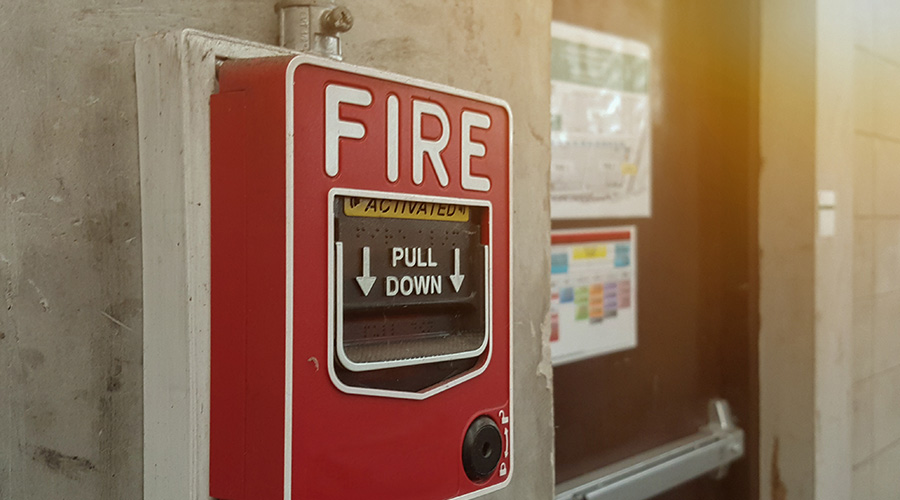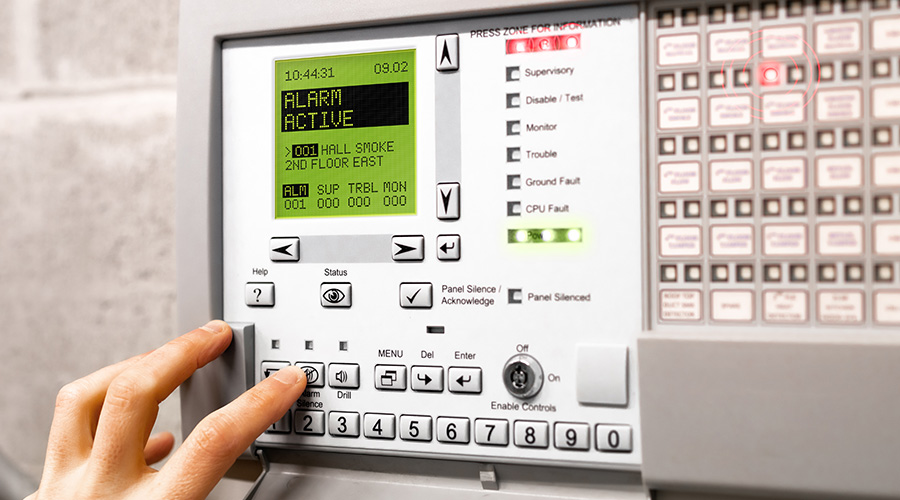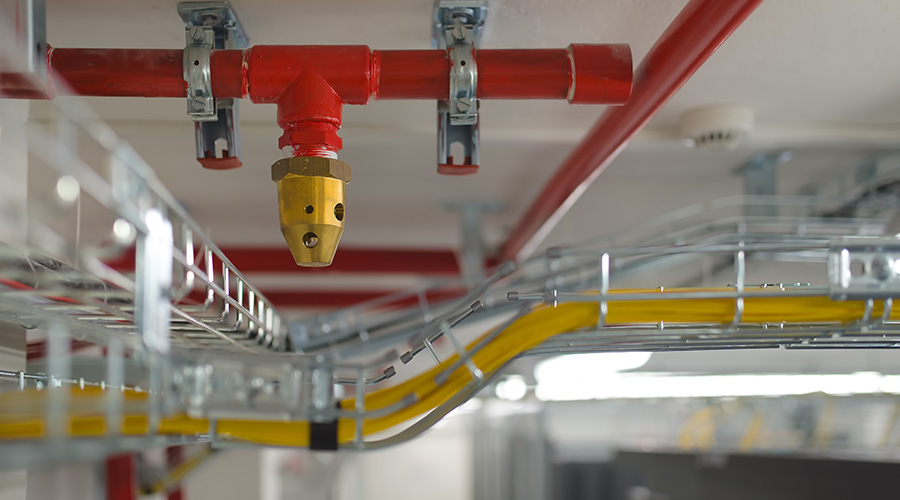Peripheral Limitations Make Expanding Fire Alarm Systems Tricky
A major complication to the expansion of fire alarm systems, both current and legacy systems, is that there are limitations to the amount of peripheral equipment that can be added to any fire alarm system. SLCs are limited with respect to how many initiating devices or output modules can be installed on the circuit. Addressable systems do offer the advantage that a proficient technician can determine available capacity for additional addressable devices, but all of the new devices must be as specified by the manufacturer.
Addressable technology has been on the market long enough that there are many legacy addressable systems. Older addressable fire alarm systems can be supported, but continued support is not guaranteed as circuit board components get harder for the manufacturer to obtain. For both the conventional and addressable legacy panels, a facility manager should look at the age of the system and seriously consider whether investing additional money into an aging system is worthwhile. As legacy panels age, finding technicians who have a good level of familiarity with programming these older systems can also be difficult.
Even many of the newer addressable legacy FACUs (15 years old and newer) pose challenges. They were designed to comply with UL standard 864, Control Units and Accessories for Fire Alarm Systems, 8th Edition. UL 864, 9th Edition, is the test standard that all current model FACUs distributed in the United States must be designed to. UL 864, 9th Edition is more stringent for numerous performance characteristics; therefore, many relatively new FACUs are not capable of meeting the UL 864 9th edition requirements and are, therefore, being discontinued.
Migration Solutions
Most major manufacturers have maintained some level of backwards compatibility, which may provide a viable and relatively cost effective upgrade solution. These are often called migration solutions; manufacturers use them to try to make upgrading to their newer product reasonably affordable.
Fire alarm systems, when properly maintained should be able to provide a service life that exceeds 15 to 20 years. Although most manufacturers strive to support their product for many years, numerous factors can result in product obsolescence prematurely. This again stresses the benefit of evaluating fire alarm systems prior to facility expansions.
The expansion of fire alarm systems can be accomplished in many ways; however, there are technical limitations to every method. For FACUs capable of being networked, networking offers a promising solution because the installation and testing of a new FACU (or node) can take place prior to bringing it onto the network, reducing the risk of existing system reliability problems during construction.
There may be networking and existing-system compatibility problems even with products from a single vendor, thanks to computer software and hardware evolution, firmware compatibilities, network speed, and varying system capabilities. Special consideration should be put into expansion plans by someone who is familiar with the proposed products and evaluate that plan against the existing equipment. This can reduce potential commissioning problems and ultimately the risk of delayed facility occupancy.
To control or foresee expenditures and maintain project schedules, facility managers should carefully evaluate relevant codes, technology limitations, and potential solutions prior to starting any expansion project. It's also important to consider changing life safety needs and the associated technological solutions available to support them. Some examples include the provision of mass notification, changing or improved detection methods, harsh atmospheric considerations, high sensitivity or early detection needs, or simply low cost solutions.
In most instances working with a fire protection engineer will best serve the facility manager's goals of economic and code-compliant upgrades.
Scott M. Golly, P.E., is a senior fire protection engineer with Hughes Associates, Inc., a fire protection engineering firm located in Baltimore, Md. Golly specializes in fire alarm, detection and special suppression systems, has experience in manufacturer-specific design, and has been factory trained by several panel manufacturers. Golly is a member of the NFPA 72, SIG-IDS technical committee and is an active volunteer firefighter with over 22 years of service. He can be reached at sgolly@haifire.com.
Related Topics:













